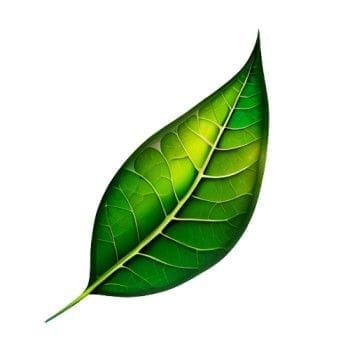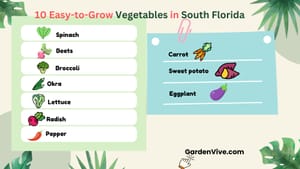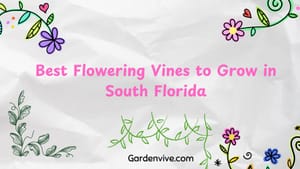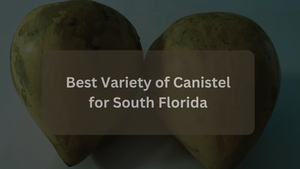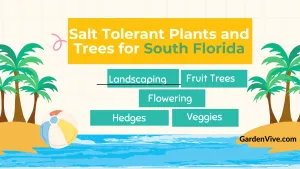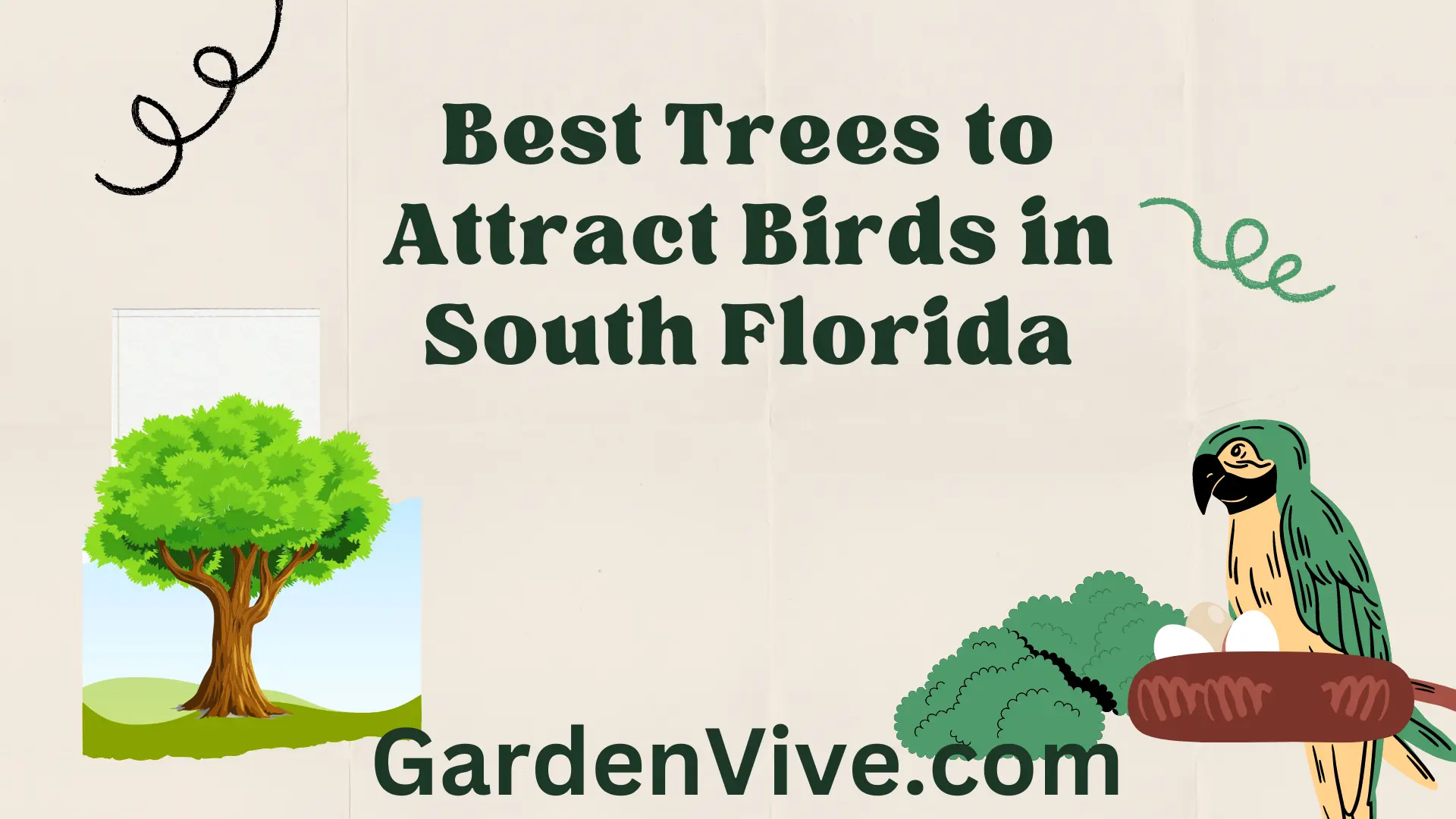
We gardeners love birds and I love too. I am here again with a handpicked list of trees that will attract birds in South Florida.
As South Florida's climate is mostly tropical and subtropical, it's not hard to find trees that will attract birds. We need to consider these:
- If the tree can produce fruits or berries for the birds.
- If the tree's branches are in such a way that birds can build their nests.
- Is it safe to rest on the branches of the tree? (From animals and snakes)
Considering these factors I have created a list of trees to attract birds and I personally witnessed significant changes after growing a few of these trees. If you are planning to grow any of these, you should take the height of the mature tree seriously. Do not go for a big tree close to your house.
List of Bird-Attracting Trees in South Florida
| Tree Name | Birds Attracted | Height |
|---|---|---|
| Firebush | Hummingbirds, butterflies, songbirds | 6-12 feet |
| Simpson’s Stopper | Mockingbirds, woodpeckers, migratory songbirds | 10-20 feet |
| Gumbo Limbo | Migratory birds, warblers, vireos | 25-50 feet |
| Live Oak | Woodpeckers, jays, hawks, owls, warblers | 40-80 feet |
| Pigeon Plum | Pigeons, doves, mockingbirds | 20-35 feet |
| Red Mulberry | Cardinals, orioles, woodpeckers, tanagers | 30-50 feet |
| Buttonwood | Shorebirds, warblers, herons | 15-40 feet |
| Wild Tamarind | Songbirds, hummingbirds | 30-50 feet |
| Jamaican Caper | Songbirds, hummingbirds | 10-15 feet |
| Seagrape | Doves, pigeons, warblers | 15-30 feet |
These trees are a great choice for attracting birds in South Florida.
Note: Do not consider only fruiting trees as birds love nectars and insects too as their food.
You should be careful when choosing to plant trees in South Florida as few areas may present challenges due to specific environmental factors. Such as:
- Coastal Areas (For example Palm Beach) - Salt spray, sandy soil, and high winds.
- Hurricane-Prone Areas - High winds and storms.
Trees to attract birds in Palm Beach (Coastal Areas)
Considering the environmental factors I have made this list:
| Tree Name | Birds Attracted | Height |
|---|---|---|
| Cabbage Palm | Woodpeckers, mockingbirds, doves | 40-50 feet |
| Seagrape | Doves, pigeons, warblers | 15-30 feet |
| Buttonwood | Shorebirds, warblers, herons | 15-40 feet |
| Royal Palm | Hummingbirds, songbirds | 50-70 feet |
| Wild Tamarind | Songbirds, hummingbirds | 30-50 feet |
| Pigeon Plum | Pigeons, doves, mockingbirds | 20-35 feet |
| Florida Thatch Palm | Hummingbirds, small songbirds | 15-30 feet |
| Coontie | Cardinals, other small birds | 2-3 feet (low-growing) |
| Beach Strawberry Tree | Songbirds, fruit-eating birds | 6-15 feet |
Trees to attract birds in Hurricane Prone areas
You can find similarities with the previous list as Palm Beach is also a Hurricane Prone area. ( Be serious about protecting your plants and trees from Hurricanes )
| Tree Name | Birds Attracted | Height |
|---|---|---|
| Live Oak | Woodpeckers, jays, hawks, owls | 40-80 feet |
| Sabals (Cabbage Palm) | Woodpeckers, mockingbirds, doves | 40-50 feet |
| Red Maple | Cardinals, warblers, finches | 30-50 feet |
| Southern Magnolia | Woodpeckers, mockingbirds, songbirds | 60-80 feet |
| Pigeon Plum | Pigeons, doves, mockingbirds | 20-35 feet |
| Gumbo Limbo | Migratory birds, warblers, vireos | 25-50 feet |
| Wild Tamarind | Songbirds, hummingbirds | 30-50 feet |
| Black Olive | Woodpeckers, migratory songbirds | 30-40 feet |
| Florida Elm | Cardinals, woodpeckers | 40-50 feet |
The above trees have canopy-structured branches, which means they will bend without breaking during high wind.
And if you consider the root system, the roots are deep and extensive so there is a lesser chance of breaking during the wind.
If you are a fruit lover, you can check: Best fruit trees to grow in Florida
